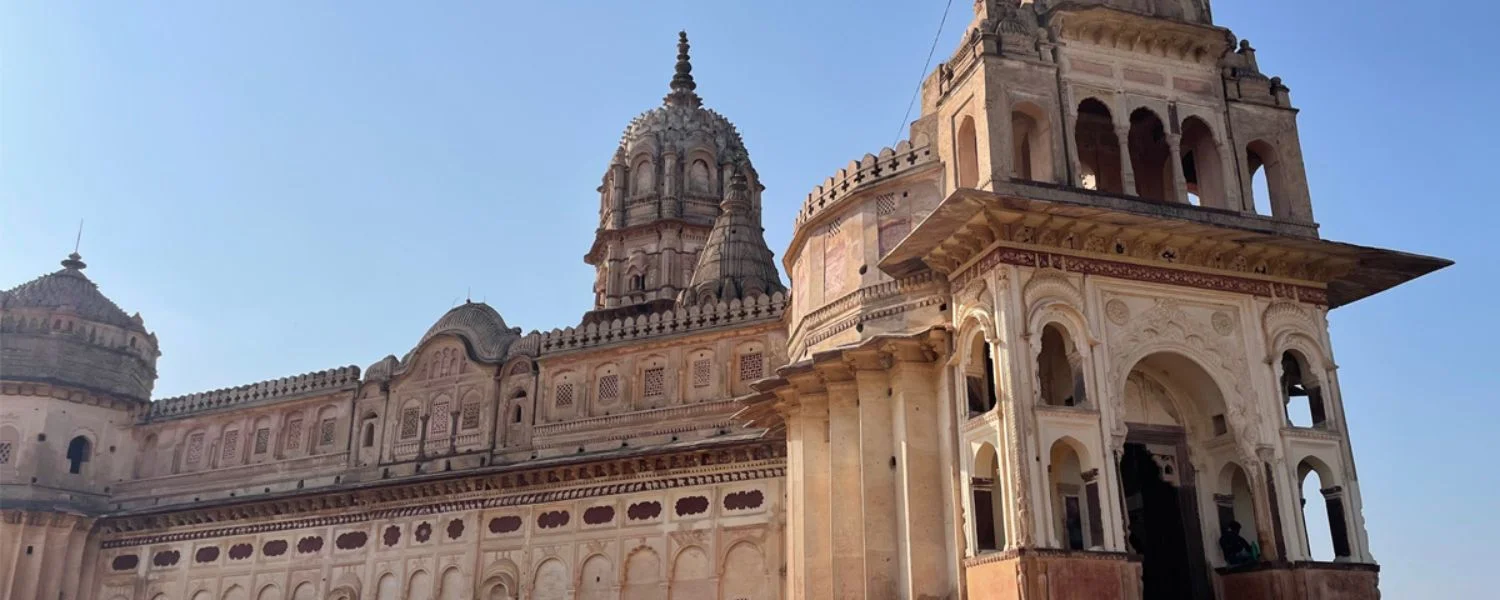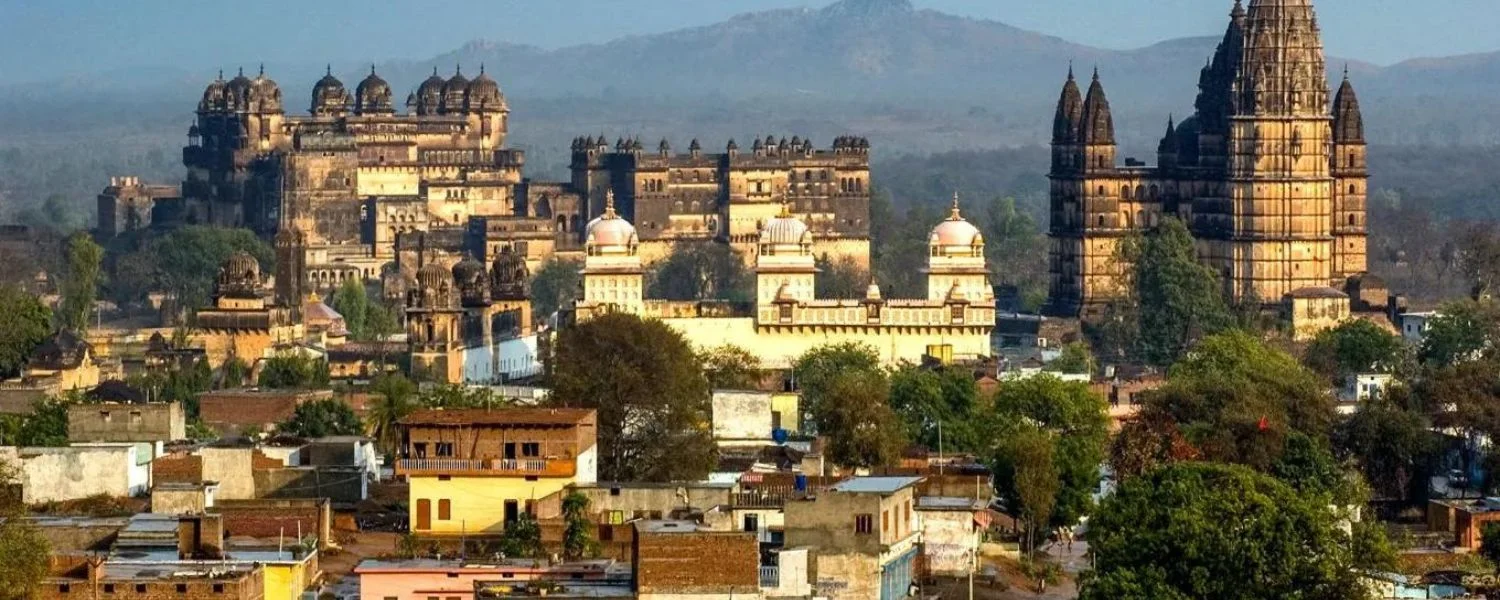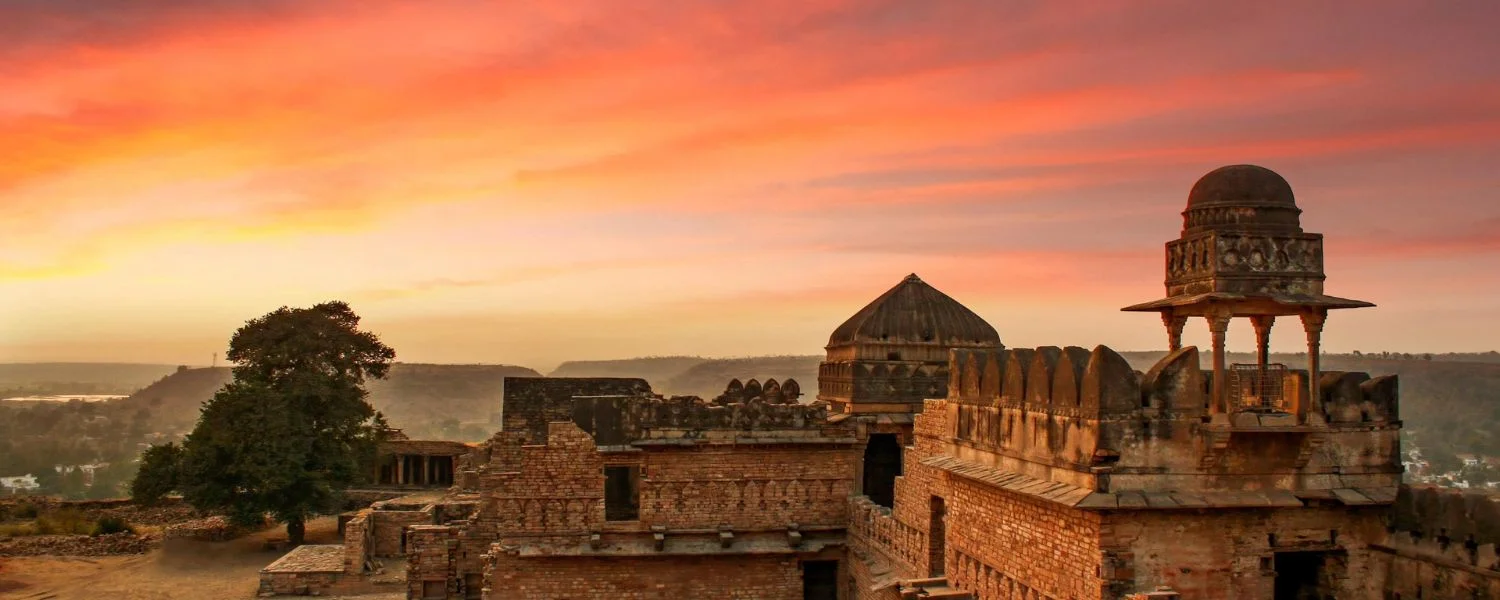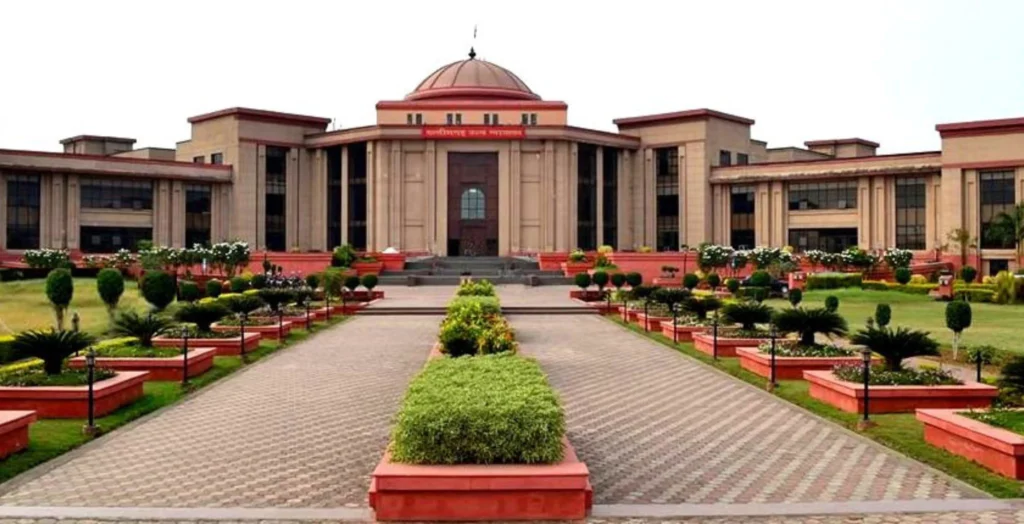Welcome to the diverse tapestry of States in Central India, a captivating central region states that unfolds with cultural richness and geographical allure.
Though loosely defined, Central India typically encompasses the states of Chhattisgarh and Madhya Pradesh.
These states, nestled in the heart of the subcontinent, offer a blend of historical heritage, vibrant traditions, and breathtaking landscapes.
Moreover, states in Central India share their borders with Uttar Pradesh and Uttarakhand to the north, extending their reach to the majestic Himalayas.
Besides, the Central Zonal Council, established by the Indian government, underscores the significance of these states in the country’s administrative framework.
Furthermore, States in Central India are not just a geographical entity but a melting pot of languages, cuisines, and customs, inviting exploration and discovery at every turn.
Delve into the soul-stirring essence of States in Central India, where every corner tells a story of resilience, beauty, and boundless spirit.
History

States in Central India, encompassing present-day Madhya Pradesh and Chhattisgarh, boast a rich historical tapestry dating back to paleolithic settlements evident in the Bhimbetka caves.
Stone age relics scattered along the Narmada river valley and chalcolithic sites like Eran and Nagda offer glimpses into ancient civilizations.
Notably, rock shelters adorned with cave paintings, some dating as far back as 30,000 BCE, dot the region, reflecting early human habitation.
As the Vindhya mountains demarcated the southern bounds during the Vedic period, the region flourished along the valleys of rivers like Narmada, Chambal, and Betwa.
Throughout history, powerful Maratha families like the Holkars and Scindias held sway, their legacies woven into the fabric of States in Central India narrative.
Post-independence, the landscape underwent significant changes. The consolidation of Madhya Bharat, Vindhya Pradesh, and Bhopal in 1956 formed the nucleus of modern-day Madhya Pradesh.
Subsequently, the birth of Chhattisgarh in 2000 marked a pivotal moment, delineating a distinct state from its parent entity.
Language

The states in Central India are rich in linguistic diversity, with Modern Standard Hindi reigning as the primary language. Besides Hindi, which binds the region as part of the Hindi Belt, other prevalent languages like Chhattisgarhi exist.
Moreover, Central India States also echo the Munda family language’s voices, Korku. This linguistic tapestry adds layers of cultural richness and complexity to the
region. Furthermore, the coexistence of Indo-Aryan languages and a Munda-family language showcases the mosaic of traditions and heritage in Central India.
Madhya Pradesh

Madhya Pradesh, often abbreviated as MP, is nestled in the heart of India, earning its name, which translates to “central region” in Hindi.
Neighboring states surround it and have a diverse landscape and a rich tapestry of cultural heritage. Uttar Pradesh borders it to the north, while Rajasthan and Gujarat lie to the Western states of India.
Maharashtra adorns its southern frontier, and to the Eastern region states of India is Chhattisgarh, formerly part of Madhya Pradesh until 2000.
Despite being somewhat overlooked as a travel destination, Madhya Pradesh offers a treasure trove for enthusiasts of prehistoric art, historic forts, religious symbolism, and tribal traditions.
Transitioning from its historical significance to its modern configuration, Madhya Pradesh became a state on November 1, 1965. In 2000, the southeastern region was carved out to form the state of Chhattisgarh.
Throughout history, the capital has steadfastly remained Bhopal, anchoring a state boasting Central India cities like Indore, Gwalior, Jabalpur, and Ujjain.
This central states of India is characterized by its vast expanse, with fifty districts and two hundred blocks. Once undivided, it had a population of 60,385,118 during the 2001 census.
Covering an expansive geographical area of 4,434,459 square kilometers, Madhya Pradesh, often dubbed “Green Malwa,” serves as India’s breadbasket, with agriculture sustaining eighty percent of its populace.
Madhya Pradesh is a natural treasure trove, from the fertile plains yielding wheat, corn, and soybeans to the dense forests abundant in timber resources like bamboo and teak.
Moreover, the state has significant mineral wealth, including coal, iron, and diamonds. Complementing its natural resources, Madhya Pradesh is renowned for its vibrant handicrafts scene, and you can explore more about the Enchanting Waterfalls in Madhya Pradesh.
Chhattisgarh

Nestled in the heart of Central India, Chhattisgarh beckons with its rich history, vibrant culture, and abundant natural beauty.
Formed on November 1, 2000, it emerged as India’s 26th state, carved from the sprawling expanse of Madhya Pradesh. Encompassing an area of 135,133 square kilometers, it boasts a landscape adorned with 36 forts, lending it the moniker ‘the land of thirty-six forts.’
The state shares its borders with Bihar, Jharkhand, Uttar Pradesh, Telangana, Andhra Pradesh, Odisha, Madhya Pradesh, and Maharashtra, each contributing to its diverse tapestry.
Nearly half of its terrain is cloaked in dense forests, harboring many flora and fauna.
Chhattisgarh’s urban centers, including Raipur, Durg-Bhilai, Bilaspur, and Rajnandgaon, pulse with energy while retaining traces of their princely past.
Nature enthusiasts find solace in its three national parks and eleven wildlife sanctuaries, where encounters with tigers, leopards, and many other wildlife species await.
Conclusion
In conclusion, the states in Central India, namely Madhya Pradesh and Chhattisgarh, stand as emblematic pillars of cultural vibrancy, historical richness, and promising economic potential.
Both states, steeped in a legacy of resilience and progress, showcase a harmonious blend of tradition and modernity. Moreover, their geographical diversity, linguistic tapestry, and abundant natural resources underscore their significance in India’s landscape.
Central India present a compelling narrative of growth and development, inviting exploration and investment alike.
As we delve deeper into the intricacies of Madhya Pradesh and Chhattisgarh, it becomes evident that their journey is not just about geographical boundaries but about the enduring spirit of their people.
Thus, States in Central India emerge not only as integral components of the nation but also as beacons of hope and opportunity in the heart of the subcontinent.
FAQ
Q: How many states are in central India?
A: Central India, sometimes referred to as Madhya Bharat, encompasses the states of Chhattisgarh and Madhya Pradesh.
Q: Which states are in north and central India?
A: North India comprises Himachal Pradesh, Uttarakhand, Punjab, Haryana, Rajasthan, Uttar Pradesh, and others, while central India includes Madhya Pradesh and Chhattisgarh, among others.
Q: What are the five zones of India?
A: India has six zones: North, South, East, West, Central, and North East. These zones encompass 28 states and eight union territories.
Q: Which is the largest state in central India?
A: Madhya Pradesh, covering over 308,000 square kilometers, is India’s second-largest state, renowned for its rich history and diverse wildlife.










